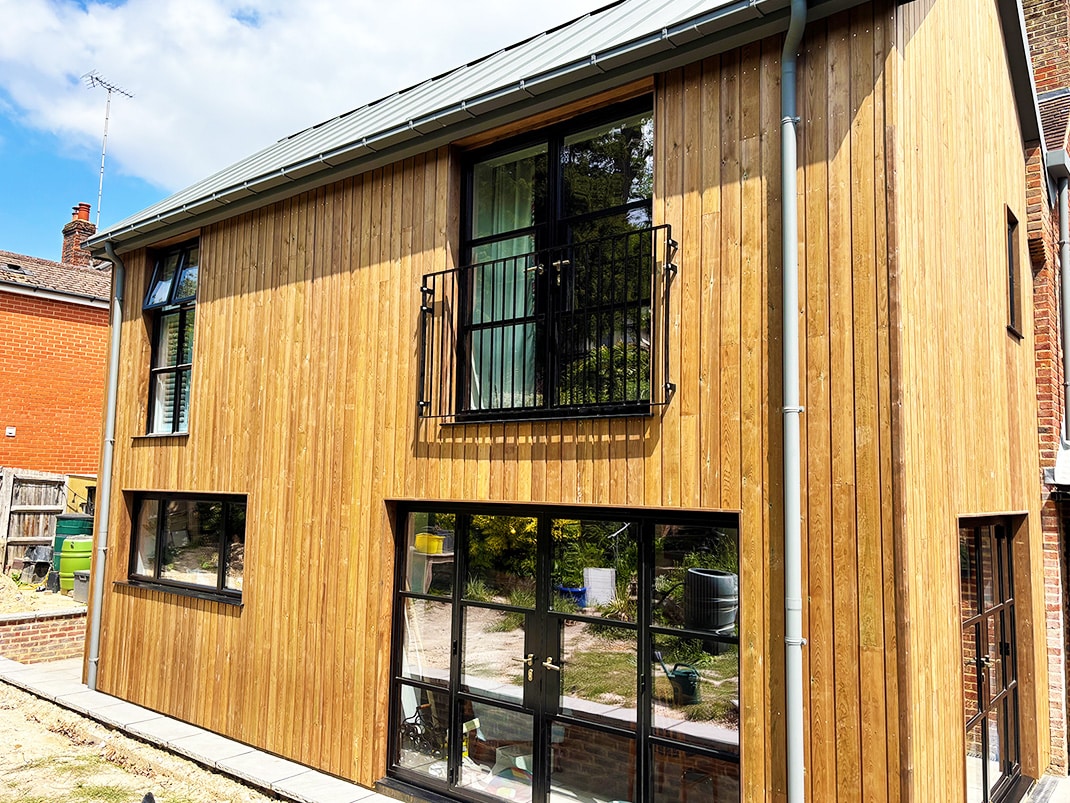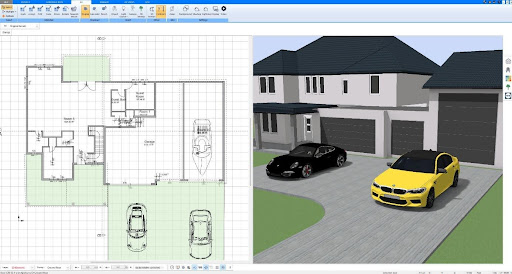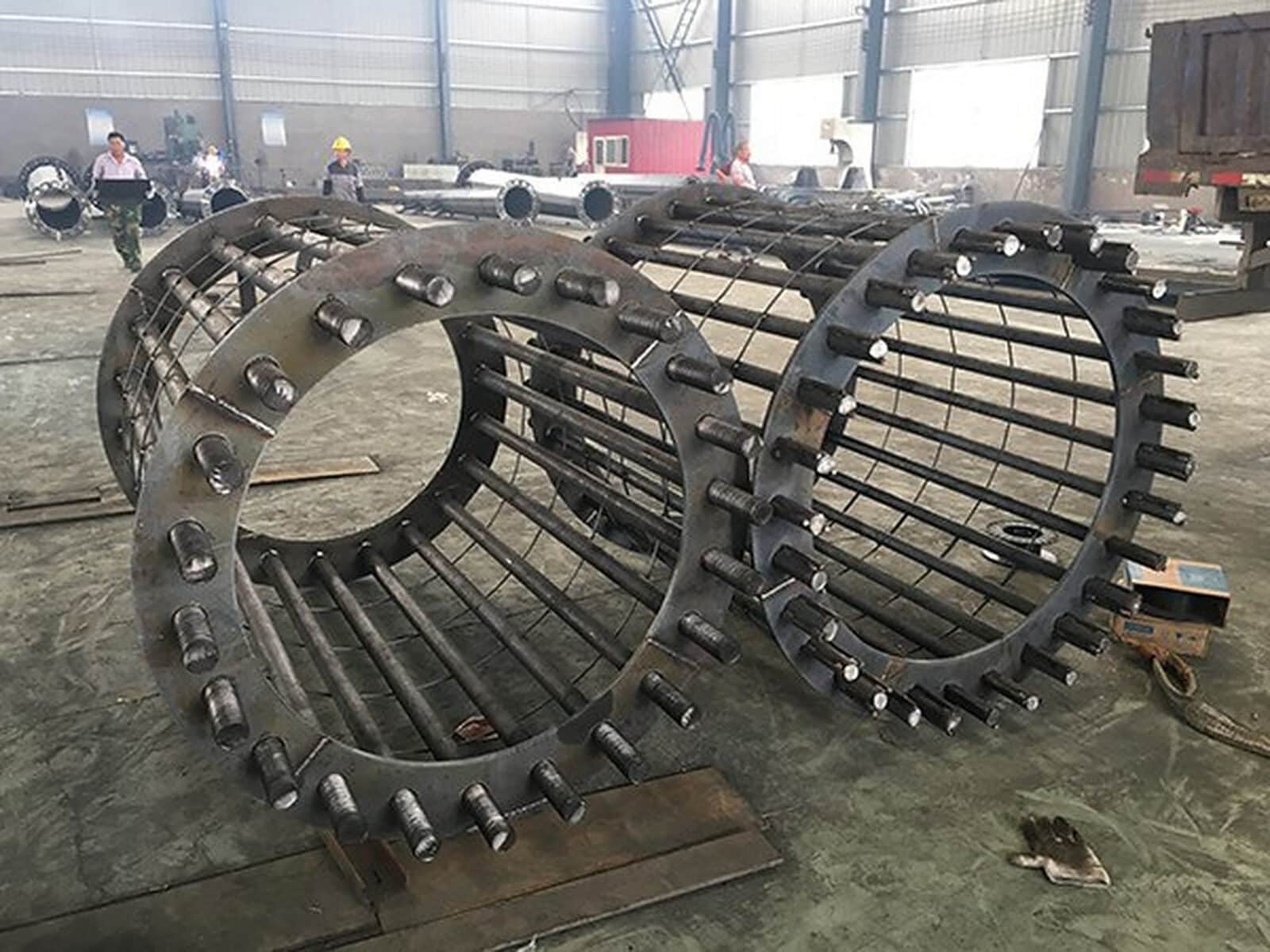The construction industry continues to evolve as sustainability, safety, and design innovation take center stage. Timber cladding, once considered suitable only for small-scale projects, is now a leading choice for architects and developers aiming to achieve performance-driven, environmentally responsible buildings.
Thanks to advancements in fire treatment and thermal modification, timber has become both a durable and compliant solution for contemporary facade systems.
Modern timber cladding combines natural aesthetics with engineered precision. Through controlled modification and testing, today’s products are built to last, offering resistance to decay, dimensional stability, and improved fire performance.
These developments allow timber to compete directly with steel, brick, and composite panels, all while delivering a significantly lower carbon footprint.
One of the most significant advances has been the introduction of [Fire Rated Cladding – https://timbercladdingspecialists.co.uk/fire-redundant-treatment].
This specialist treatment infuses fire-retardant solutions deep into the timber fibres, allowing the material to achieve Euroclass B-s1,d0 performance levels.
The result is a cladding system that maintains its natural appearance while providing enhanced protection against flame spread and smoke emission. These systems are often described as fireproof cladding, offering architects complete confidence in meeting UK building safety regulations.
Design flexibility remains one of timber’s strongest advantages. From commercial developments to residential extensions, architects can select from a wide variety of profiles and finishes—from clean, contemporary lines to rustic, natural textures.
Thermally modified timbers, such as ThermoWood, are particularly popular for their stability and long-term resistance to weathering. Their rich tones and fine grain patterns add warmth and contrast to modern building envelopes.
Alongside thermally modified products, designers are increasingly specifying charred finishes such as [Shou Sugi Ban wood – https://timbercladdingspecialists.co.uk/shop-now/shou-sugi-ban], also known as burnt Japanese wood.
This traditional technique involves carefully charring the timber surface to create a carbonized layer that acts as a natural barrier against moisture, insects, and ultraviolet damage.
The deep, tactile texture of charred timber provides a striking visual contrast, allowing architects to balance minimalism with craftsmanship. When paired with fire-rated systems, it creates facades that are both safe and visually distinctive.
Sustainability continues to drive the industry’s growing reliance on timber. Unlike synthetic materials, timber actively contributes to carbon sequestration throughout its lifecycle.
When sourced from responsibly managed forests, it supports global goals for reduced emissions and environmental protection. Moreover, both fire-rated and charred finishes use heat or non-toxic chemicals, maintaining ecological integrity while improving material performance.
Installation practices play a vital role in the overall effectiveness of a timber cladding system. Proper ventilation, the inclusion of fire barriers, and the use of stainless steel fixings ensure longevity and compliance.
When installed on ventilated rainscreen systems, fireproof cladding maintains optimal moisture balance and allows for natural airflow—factors that significantly extend facade lifespan.
Developers are also recognizing the cost-efficiency of treated timber systems. Although initial investment in high-quality cladding may be greater, the reduced maintenance requirements, long lifespan, and lightweight installation deliver excellent return on investment.
The material’s versatility—suitable for facades, soffits, and interior wall applications—adds to its growing appeal across commercial and residential sectors.
Ultimately, the success of modern timber cladding lies in its balance of natural beauty and engineered performance.
Through technologies such as fire-rated treatment, thermal modification, and charring, timber has evolved from a traditional craft material into a forward-looking architectural system that meets 21st-century performance standards.
To access certified fire-rated, charred, and thermally modified timber products, or to request samples and project-specific guidance, visit the [Request a Quote – https://timbercladdingspecialists.co.uk/contact-us] page at Timber Cladding Specialists.
Their comprehensive range of compliant and sustainable cladding solutions empowers architects, builders, and developers to achieve safe, efficient, and visually striking results in every project.





